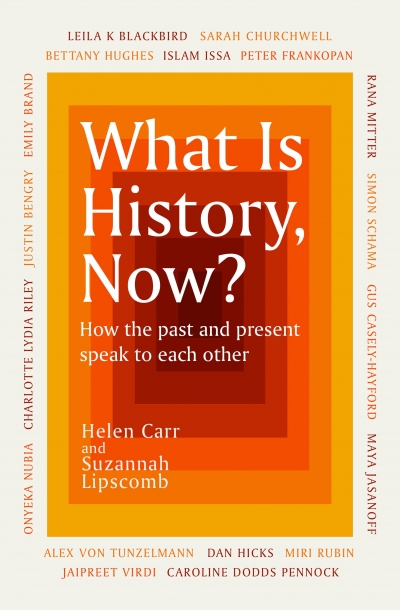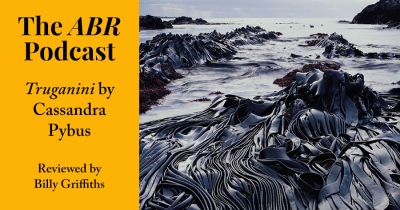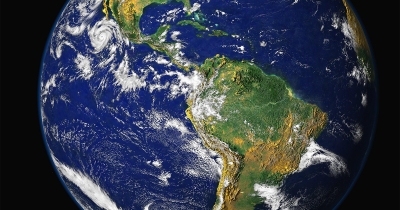Billy Griffiths
Sign up to Book of the Week and receive a new review to your inbox every Monday. Always free to read.
Recent:
Science, Secrecy and the Smithsonian: The strange history of the Pacific Ocean biological survey by Ed Regis
What Is History, Now?: How the past and present speak to each other edited by Helen Carr and Suzannah Lipscomb
In today's episode, Peter Rose talks to writers Beejay Silcox and Billy Griffiths about what they’ve been reading during this tumultuous year. They also speculate about some highlights of 2021. For those looking for a more extensive listing of this year's finest works, our Books of the Year features more than 30 different ABR critics nominating their favourite releases.
... (read more)The extraordinary life of Truganini, an Aboriginal woman known as the 'last Tasmanian', is explored in this turbulent history by Cassandra Pybus. An inspiring and haunting story, Truganini’s life spanned psychological and cultural shifts nearly beyond comprehension. In this episode of The ABR Podcast, Billy Griffiths, author of the award-winning Deep Time Dreaming, reviews Truganini, Pybus's history of a woman reclaimed by the Tasmanian Indigenous community as a symbol of 'rights, identity, ownership, and survival'.
... (read more)Truganini: Journey through the apocalypse by Cassandra Pybus
‘We’ll be going this earth’: an environmental survey
To complement the reviews and commentaries in our Environment issue, we invited a number of writers and scholars to nominate a book that will give readers a better appreciation of the environment.
... (read more)At first I can’t make out the inscription, even though I’m searching for it. Smooth new bark has grown into the cuts, bulging around the incision, preserving the words on the trunk. I run my hand across the surface, tracing the grooves, feeling the letters: R-E-T-R-I-B-U-T-I-O-N. And below, in slightly larger hand, ‘CAMP’ ...
... (read more)This year, the Australian bushfire season began in winter. A long, dry summer – the warmest on record – lingered into and then beyond autumn. By spring, more than one hundred uncontrolled fires were raging across the eastern seaboard, reaching into ecological regions unfamiliar with flame. It is alarming how routine such record-breaking extremes have become, and ...











